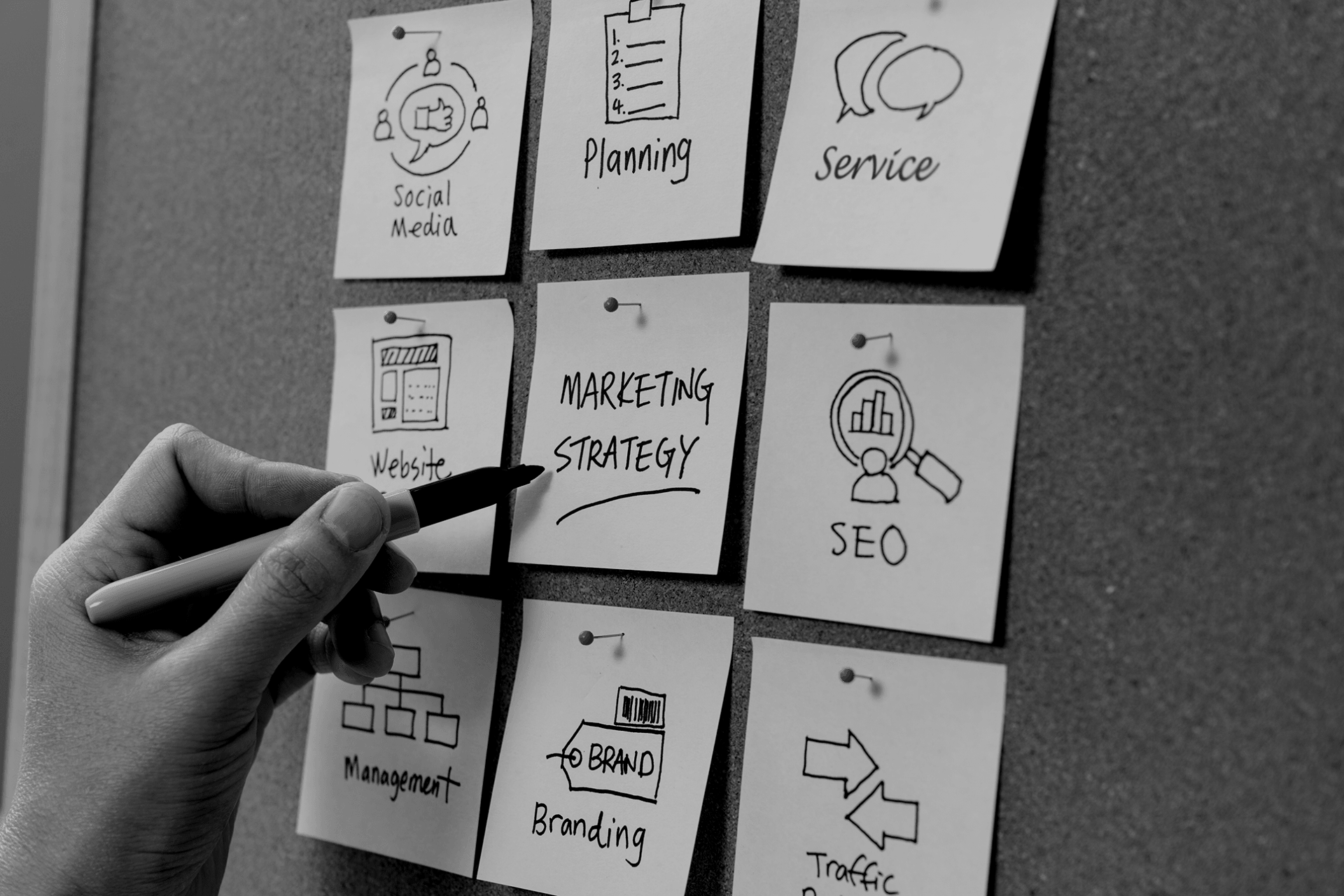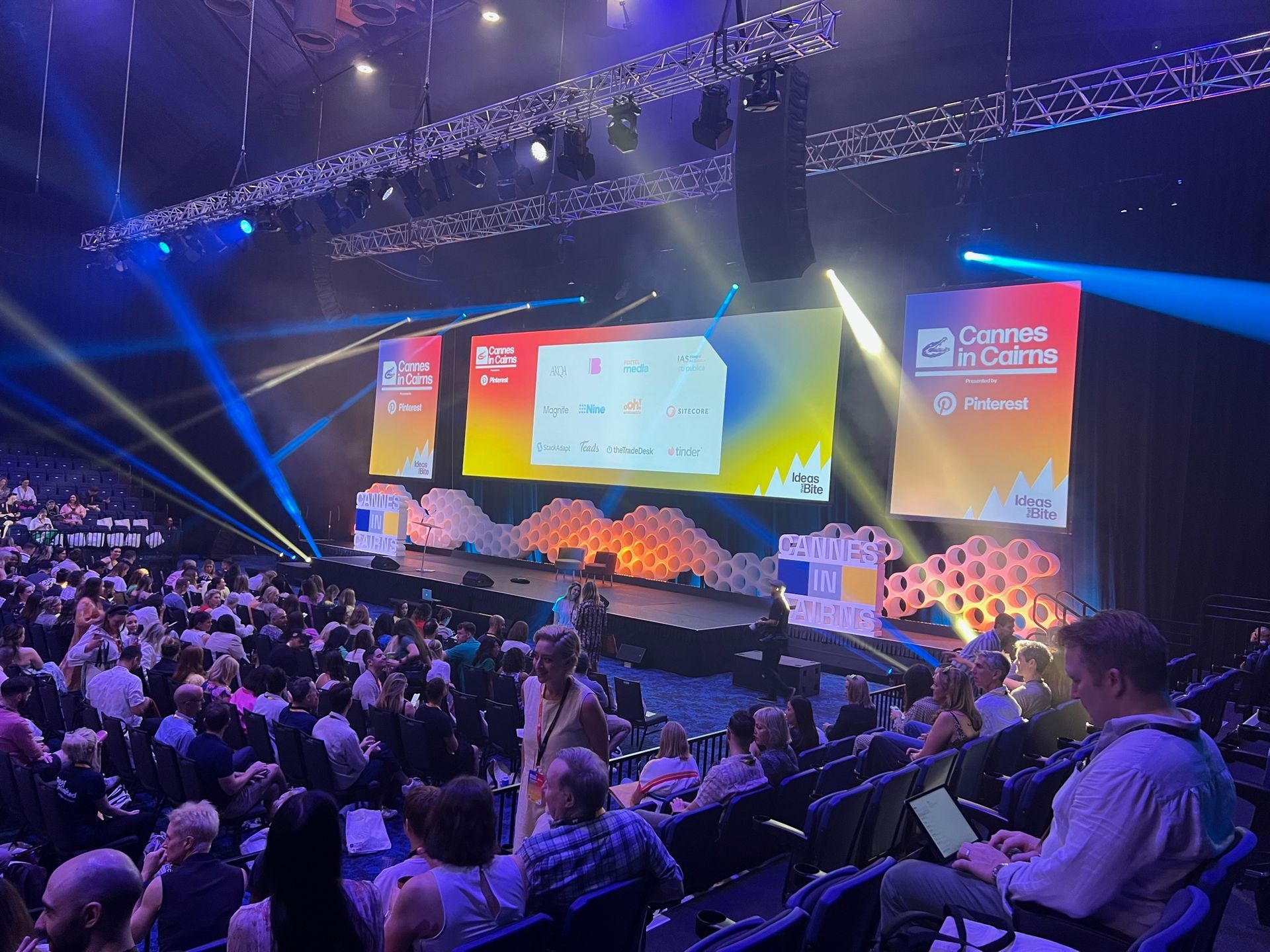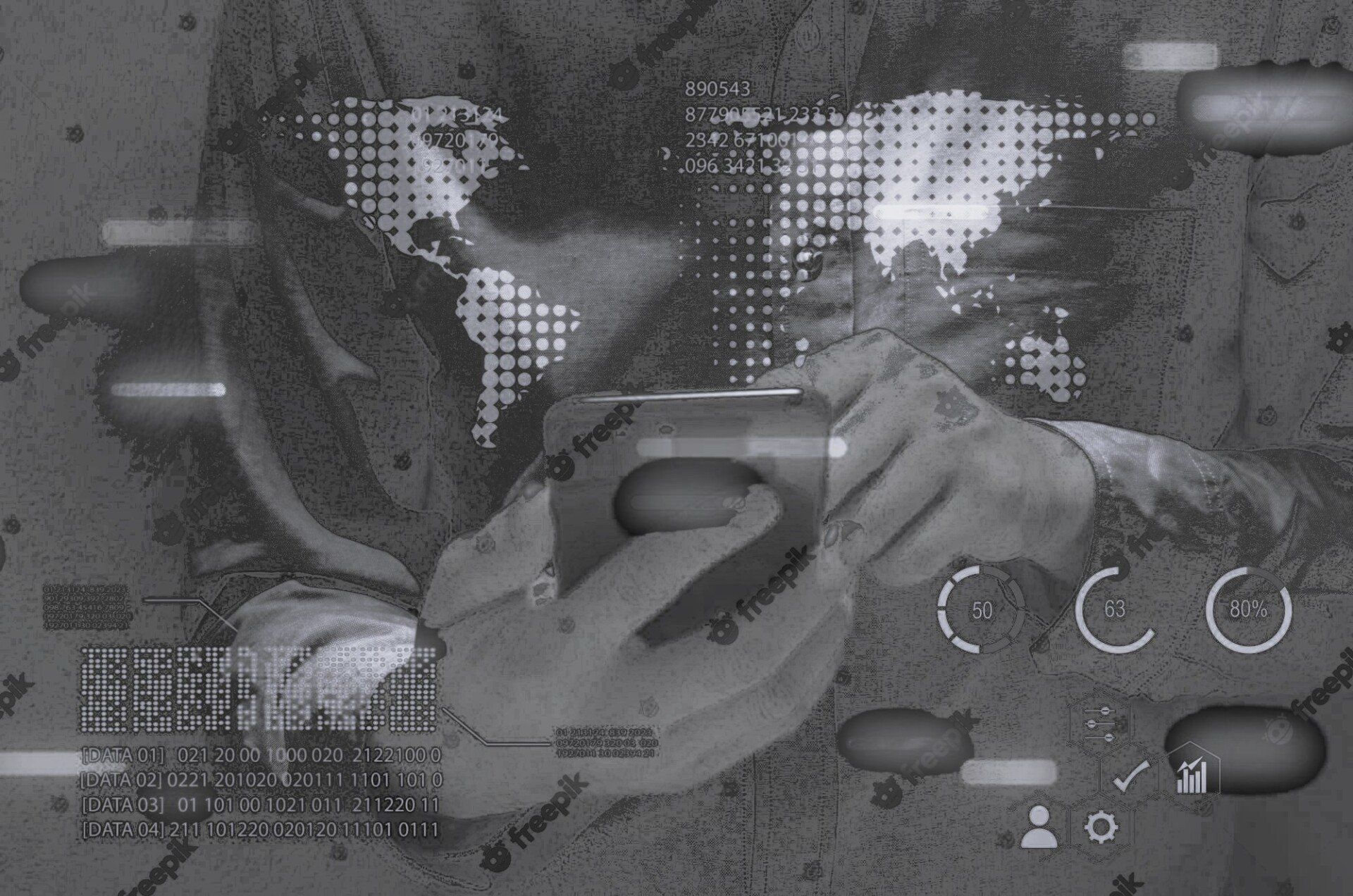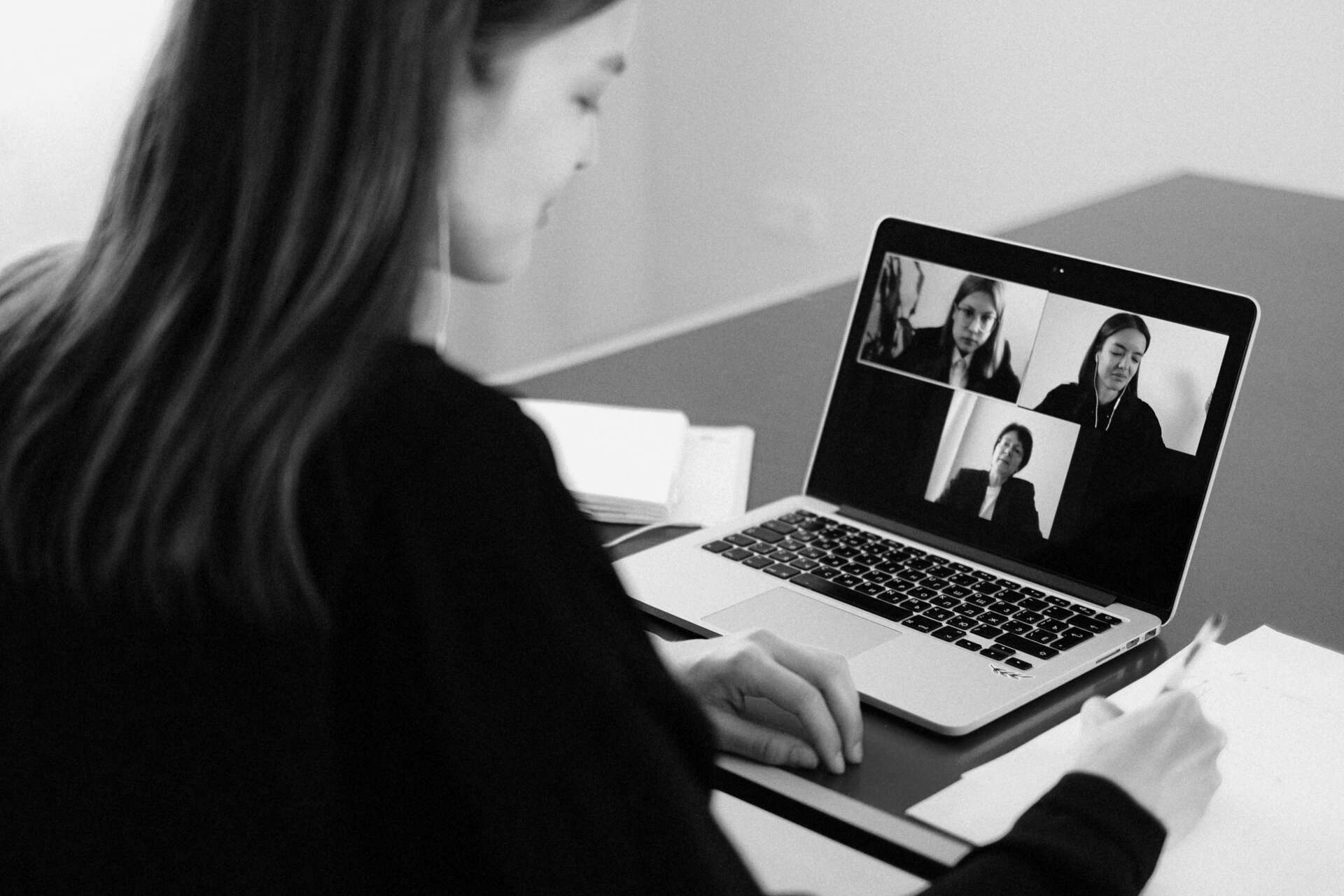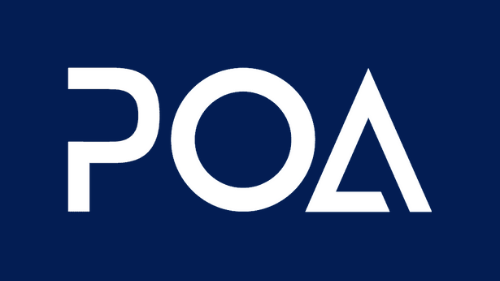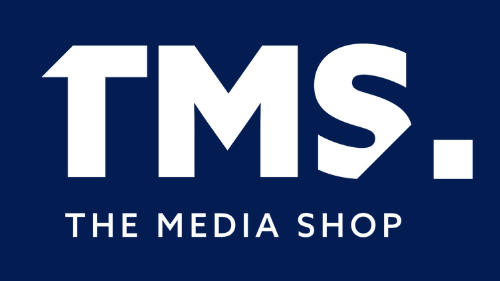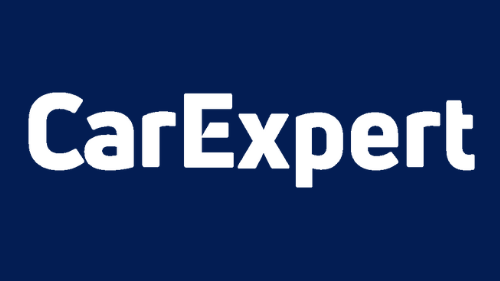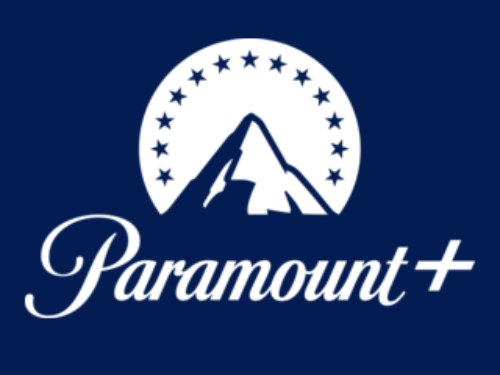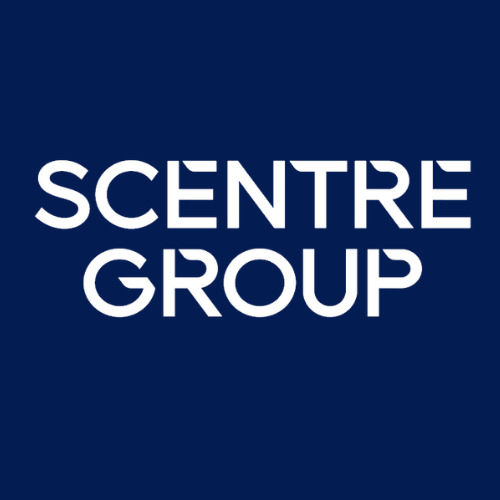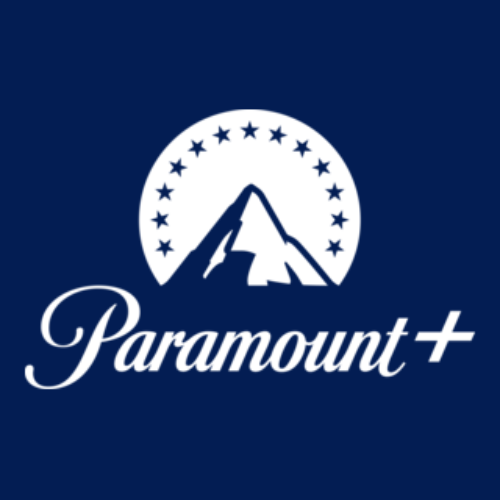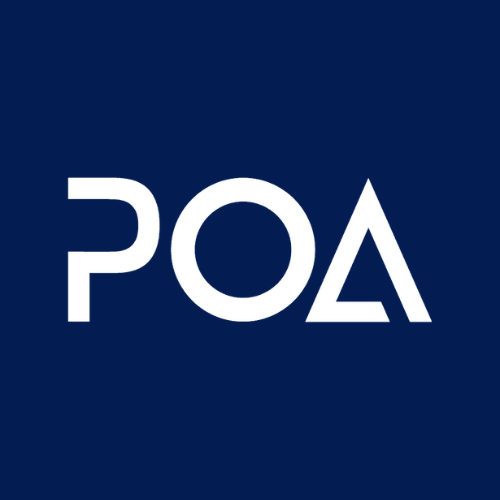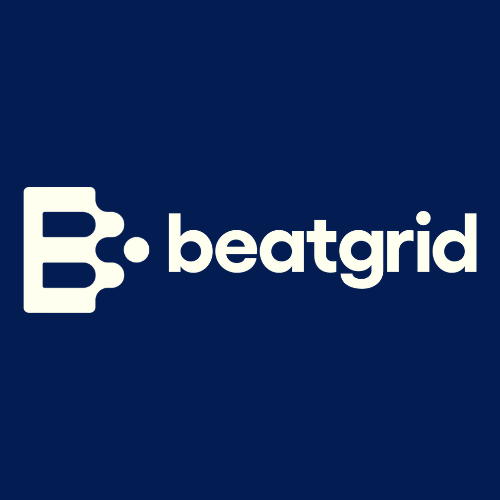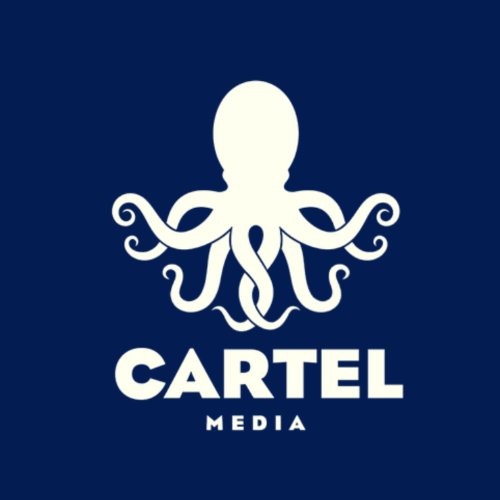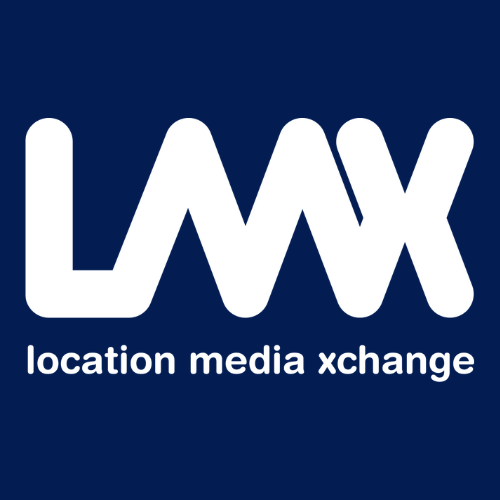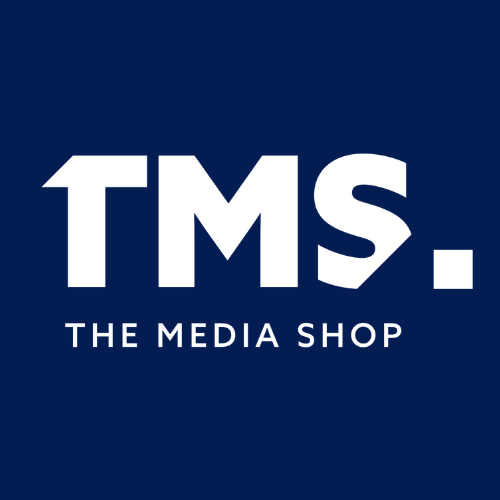IAB/ OMA conference - “Powering Digital Out of Home” – My notes, observations & learnings
This was the first conference globally where the IAB had teamed up with an Out of home industry body – the OMA – to create a conference about ‘powering DOOH’…
The day was split into a morning – discussing the How and was more focussed on the technology and data that enables it – and afternoon was focussed on discussing the Why with a focus on the suppliers and buyers with multiple case studies.
Session 1 – Evolving PDOOH standards for Omnichannel buying.
Jonas Jaanimagi or JJ (IAB – Tech Lead Australia) & Hillary Slattery (IAB - Programmatic product – USA).
Session focussed on a standard implementation of how the Open RTB bid request works for DOOH. Discussions were focussed on differences of trading online (digital display) and outdoor (DOOH display). Discussed the OpenRTB extensions and conventions required to bring DOOH to the OpenRTB marketplace in a standardised way.
Also discussed sustainability and introduced the IAB’s ‘green initiative’…
First step recommended to OOH suppliers was to prioritise green hardware and green energy moving forward.
My Observations
– important info but probably not the best way to kick off a conference.
Session 2 – Measuring a play – OOH standards & the Impression Multiplier
Grant Guesdon – OMA – (Head of MOVE Measurement)
MOVE since 2010 has an attention measure built into its measurement model – adjusting OTS to LTS (Likelihood to See) – therefore LTS data underpins a more accurate & simpler impression multiplier methodology (no need to have a dwell calculation).
The standardised Impression multiplier using current MOVE data:
MOVE LTS Impressions (distributed hourly) / Site Hourly Plays + Hourly Site Impression Multiplier.
The OMA have been creating standardised Impression Multipliers for OMA members who have Retail, Roadside & Station assets.
The OMA have had a delay as they have been putting a fee to the SSP’s to get access to this – circa $5k per annum.
MOVE data now offers the ‘Neuro Impact Factor’ which is a ranking closer aligned by site to attention metrics.
MOVE 2.0 – scheduled to be released in 2024 H1 – will have increased granularity for all OOH formats, Nationwide and have hourly data for 365 days a year with seasonality, monthly variation & holidays (public/ school).
My observations – completely agree having a standardised approach to measurement and the IM is the right approach and great to see the industry building a robust measurement source to fuel both ways of buying OOH – however – there was nervousness & confusion about the seasonal database being applied by the OMA to understand mobility (no doubt with the predicted changes on privacy & consent) – when probed about this by a question from the audience – the reply was that it is a model and they are using their 5,000 sample to fuel this – so the idea of measurement being ‘real’ is still a long way from reality & I’m concerned the rest of the world might make that the priority. In saying this we are going to be in a much better place than we are today & the most important thing is all supply is using the same methodology which will increase buyer confidence.
Session 3 - Data, Metrics & Measurement
Panel - 2 Programmatic buyers – Belinda Cooper MIQ & Matt Proud TTD & 2 x Supply side Data Leaders – Tara Coverdale oOh! media & Christina Smart JCD.
This session had some very strong themes – the suppliers talked up the importance of having a standardised approach to measurement & the importance 1st party data will play in their future. The suppliers were excited by the idea of data and PDOOH buying helping them show the advertiser that OOH can play a role in bottom of the funnel objectives.
The buyers spoke about the importance atm of mobile data, postcode data and the ability for them to be able to measure in an omnichannel viewpoint. ‘We don’t plan in silos’ was a statement from buyside that was consistent all day.
There was also good chat around attention – and the importance for creative to understand the dwell of the location bought.
Verification was strangely poorly represented by the supply side representatives on the panel – the buyside guys were saying it was a nice to have but always up to the client to include.
My observations – The themes of this panel represented the needs of both sides – the supply side is focussed on adjusting to a new standardised trading metric that informed by audience data (impressions) whereas the buyside is focussed on how DOOH can be compared to other omnichannel digital options. Verification was a concern as there was a comment made from JCD it was an operations agenda – but the OOH world is moving to an audience post analysis model to represent campaign effectiveness and if the audience score is worked out by the SOT% achieved then the audience achieved will be dictated by the verification result.
Session 4 - Data & Privacy in PDOOH
Sarah Waladan – IAB – Director of Policy & Regularity Affairs
Dan Richardson – Head of Data – APAC – Yahoo.
Focus was on the Governments latest report into Data and Privacy regulations – there appeared to be a truck load of nervousness about what this means for not just PDOOH but programmatic trading in general.
The observations were around nervousness that the document showed a lack of the governments understanding around the data and how it is used to power digital media buying.
There was a lot of chat about targeting and data usage around this – there was a belief that key stakeholders believe current practise involves businesses being able to we track and follow individuals but how targeting and data works is that individuals are represented in ‘audience groups’ & they are all served the same message.
Dan spoke about the concern should these regulations be approved for DOOH was that there might not be a future way for real world locations to be compared to other digital media with a omnichannel view. He also mentioned that current ‘quality’ audience planning segments that you happily pay more for because they are more powerful in using to achieve client objectives could all be thrown out as the regulations could prevent data being used to build them.
Should the new laws get passed ‘Consent’ will be a huge factor to location or mobility datasets to be passed – however with apple releasing data that 9 out of 10 consumers have been opting out – there was a lot of nervousness in the room with what this will mean.
The lovely Rhiannon Brown asked the question about how similar the regulations were to Europe’s GDPR. The answer was that there were similarities but a few differences. It appears to be a mix of global.
The IAB however are leading the charge with trying to make sure that basic data processes not to be affected. They will represent the industry to get the best possible result for the digital media community. Sarah did make a good point that Australia has a vision to be a leading digital country by 2030 so that can only be achieved with strong data to fuel that vision. However, it won’t be like it is today because the result will be primed around a data safe future.
My observations – if you aren’t across this – you should be – probably the most eye-opening session of the day - the way you can use data could be very different in one year’s time and when its law; It’s law! The IAB has such an important role to play for the industry and we should be getting behind them.
Session 5 – OOH, DOOH & PDOOH
Michael from Match & Wood.
Basically a 101 about his learnings to date + his company’s vision around automation with six client case studies about PDOOH buying to different objectives e.g., weather trigger; time targeting etc
His learnings were around PDOOH suitability – its not right for every plan; consider its role & requirement – Blended is best – its best used as part of an overall strategy – Cost vs Benefit – There are cost premiums attached to channel benefits.
My observations – Michael was confident and had a great grasp of the different ways you can now plan and buy OOH with some real-world case studies. He was a nice illustration of a buyer who is using the advantages of PDOOH & applying for the benefits of his customers.
Session 6 – Journey to 10% - International Keynote.
Ben Milne – Global Head of OOH – Dentsu
Ben spoke about his excitement for the OOH industry during this period. The demise of cookies will lead to a future back to context which will be to OOH ‘s advantage.
Ben presented some interesting global stats that showed that Germany and the Netherlands were over indexing in PDOOH. USA and China were strong due to having the largest DOOH infrastructure.
Globally there are three ways to trade – Direct, Automation & Programmatic.
In Australia it looks to be Direct 97%, Automation 0% (non-existence) & PDOOH 3%.... Automation is being led out of the UK but will play a crucial role moving forward.
Ben had 6 key learnings to date:
1) Keep it simple, cut the jargon & acknowledge the limitations.
2) Buyers need to pick up the baton.
3) Find a seat at the table.
4) Consistency is key to growth.
5) Define & measure success.
6) Remember it is still OOH.
Three questions that key him up at night…...?
a) Are all impressions equal?
b) What is the environmental impact?
c) What’s next?
My observations – Ben delivered some of the most insightful learnings of the day….be careful with placing OOH at bottom of the funnel because they just don’t compare vs other digital media options – however mid funnel (driving consideration measured by foot traffic, website traffic, search etc) is the clear opportunity for OOH to shine and win share from digital channels. He also touched on how harder it was for OOH vs digital media to convert to Programmatic trading – digital made the change when CPM remained the currency – whereas OOH is transitioning from a trading model based on site costs to CPMs which has complications and takes longer for companies to adjust. The idea that all impressions are the same could be dangerous for pricing. He also made an observation that markets with more vendors were adjusting quicker but consolidated markets could be slower due to large suppliers that control the supply having a slow hesitant entrance.
Session 7 – JCD, Starcom & Yahoo presented a Tourism Tasmania case study.
Session 8 – Panel - World of PDOOH
Chaired by Charles Parry Okedan (CPO) – Brad Palmer – JCD; Laura Wall – QMS; Emma Hegg – oOh; Sabarish Chirakkol – VMO.
This was a very interesting panel – CPO was very bullish in his belief that PDOOH success was determined by the suppliers ability to make their inventory available for PDOOH transactions.
He led of by using his European business (Executive Channel) as a case study – stating that his European markets are trading at high double digit (20 to 50%) PDOOH share in countries like UK, France and Germany therefore should be seen as best practise. His belief of their success was driven by their integration with 5 SSPs and connected to +35 DSP’s. The more buyers who have access the more successful you will be.
He made the statement that Australian PDOOH share of 3% in his mind was absolutely under delivering and therefore probed questions to the suppliers to find out why.
He then asked the four Australian suppliers of their current supply, success etc … the learnings were clearly that the local suppliers who were making more of their supply available the more successful in PDOOH revenue results that they were….
VMO was clearly the company getting the most traction & over indexing in PDOOH revenue due to their 100% agnostic strategy & approach however JCD seemed to be very bullish about the next 3 to 5 years.
My observations - This also backs Ehrenberg Bass’s laws on Physical availability – the more places you can be bought the more successful you will be. This session was expertly facilitated by CPO. The learnings were not obvious, but his probing questions provided the clear proof around his own experience overseas that unless you are 100% in – you will under index vs the competition in PDOOH share. What was not touched on was the role automation could play for suppliers with little to no mention of this option by the suppliers on the panel.
Session 9 – Panel - Planning Programmatic OOH
Anthony Sciacca – Essence Mediacom; Sally Lawrence - Enigma; John Lynch – Omnicom
There were no clear categories of clients driving PDOOH – it always comes down to the clients campaign objectives and the agencies strategies that dictates if OOH and PDOOH has a role.
This therefore means that the sell has to be to everyone in agencies as the channel decisions are done by the client teams before the implementation is done by the programmatic or trading teams depending on the agency structure.
PDOOH is seen as favourable by the buy side cause they actually have the control of how their OOH is implemented – in a traditional world the supplier has control on what the solution will be.
Session 10 – Chumba and McDonalds PDOOH case studies
Session 11 – Analytic Partners – Jo Ann Foo
AP have a MMM global database which they can cut different ways to obtain trends and real world learnings.
The AP team shared learnings that OOH is a synergy driver and heavy lifter – DOOH has lost its effectiveness the more sites are digitised. Early signs are that while there is a price premium with PDOOH campaigns that they are bring more effective by 50% driving a ROI over traditional OOH campaigns. However, it’s a small sample and there were some client results that showed PDOOH campaigns did not work for certain clients.
The learnings shared was to test and learn using small budgets; make sure the message is right for the OOH location used; targeting options like weather triggers, time of day appear to work & match your creative to your test.
My observations – I am very familiar with this database and believe the learnings are strong overall about OOH but the PDOOH learnings presented seemed to be more individual de identified client case studies, so I’d take them with a grain of salt.
My Reflections on the Day –
Probably the biggest watch outs for the day were what these new government data and privacy regulations and what that means for powering PDOOH in the future.
The day was fuelled with case studies and Ben Milne mentioned he believed some of our case studies are world leading.
The suppliers were united on the importance of standardisation and having one source of measurement to power trading in a standardised way.
The day was themed ‘powering DOOH’ …. but really it was about PDOOH and how you can grow the 3%. There buyers were mainly represented by DSP’s and Trading desks.
Ben Milne outlined there is a third way of transacting not being utilised by the Australian market – which is automation. This is how technology and data can power traditional bought revenue and this is being successfully implemented in countries in Asia and India. Automation can power and create smarter and faster traditional OOH campaigns (DOOH and Classic) with one buy and supply software experience where you can plan, buy, mange, track and get audience post on one platform experience. It is also a financially better way to transact for both buyer and sellers with only one software fee involved.
The key message from some leaders at the end of the day was let’s get PDOOH to 25% in 3 years’ time – I believe the future will more look like 15% PDOOH – 60% Automated – 25% direct with where global OOH software is going!
Our Partner Moving Walls is the leader in Automation globally and has now launched their OOH Software that connects traditional OOH buyers with suppliers in the Australian market. It is the only platform that gives the buyer two options to transact – Automation via Traditional Direct and PDOOH.
Their software also offers the suppliers multiple ways to connect and digitise their transactions – with PDOOH buyers, Traditional direct automated buyers and direct small business clients via the creation of a web-based self-service platform.
If you’d like to find out more about this software and how it can enhance your OOH buying and selling – then please get in touch.
Best, Bruce.
PS a Huge thanks to Charmaine (pictured) who finishes up at the OMA today – yesterday I was going to give her the best dressed award at the conference but unfortunately I had to make it a tie and share the award with Benny Baker from Vistar Media.




